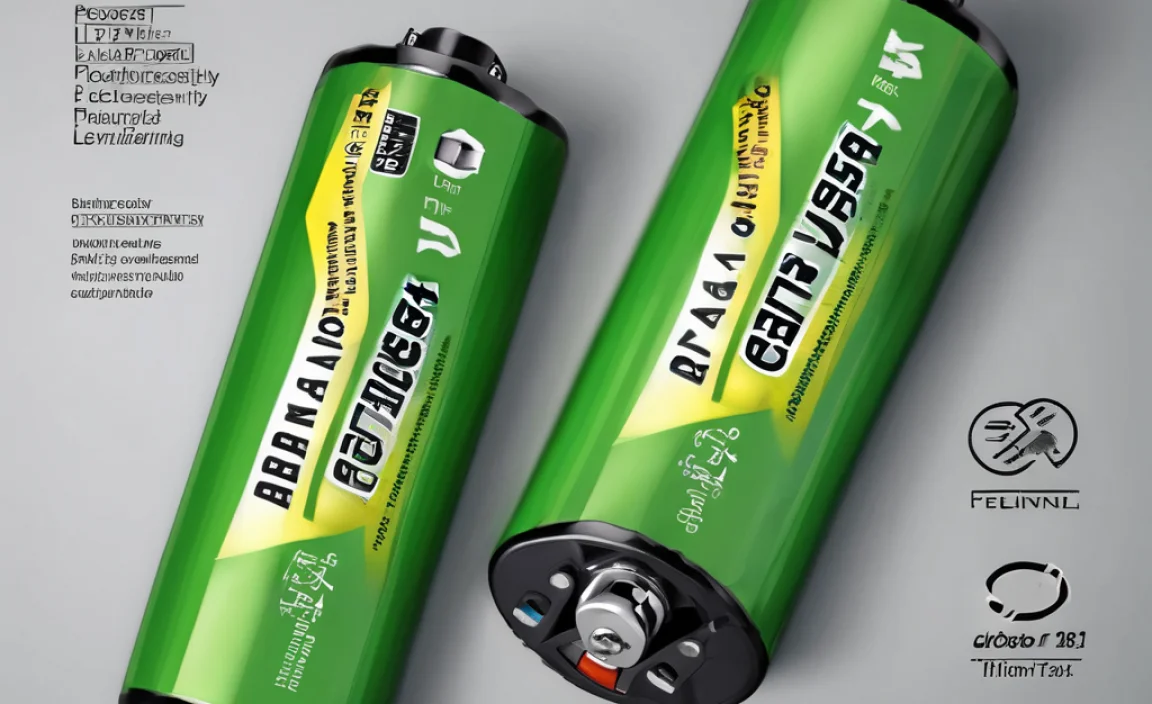Adaptive Tricycle for Kids: Best Fun for Every Child
An adaptive tricycle for kids is more than just a toy; it’s a gateway to independence, physical activity, and pure, unadulterated joy for children of all abilities. For many children, the simple act of riding a tricycle is a rite of passage, a symbol of growing up and exploring the world around them. However, for those with physical or developmental challenges, traditional tricycles can present insurmountable barriers. This is where adaptive tricycles step in, ingeniously designed to overcome these obstacles and unlock a world of fun and exploration.
The beauty of an adaptive tricycle lies in its thoughtful engineering. These specialized vehicles are not a one-size-fits-all solution; rather, they are customizable to meet the unique needs of each child. From specialized seating and supportive harnesses to customizable pedal systems and steering options, every element can be adjusted to ensure maximum comfort, stability, and control.This adaptability empowers children who might otherwise be excluded from such a fundamental childhood experience, allowing them to participate fully and joyfully in active play.
Understanding the Benefits of Adaptive Tricycles
The advantages of providing an adaptive tricycle for kids extend far beyond mere recreation. These dynamic machines offer a rich tapestry of developmental benefits that significantly contribute to a child’s overall well-being.
Physical Development: Riding an adaptive tricycle is a fantastic way to build gross motor skills. Children develop leg strength as they pedal, improve their balance and coordination, and enhance their stamina. For children with low muscle tone or coordination difficulties, the repetitive motion of pedaling can be particularly beneficial in strengthening essential muscle groups. Steering the tricycle also helps refine fine motor skills and spatial awareness.
Cognitive and Sensory Stimulation: Navigating their environment on a tricycle provides a wealth of sensory input. The feeling of the wind on their face, the sights and sounds of their surroundings, and the physical sensation of movement all contribute to cognitive development. Children learn about cause and effect, spatial relationships, and problem-solving as they maneuver their tricycle.
Emotional and Social Growth: The ability to move independently, even within a limited range, fosters a profound sense of accomplishment and self-confidence in children. This newfound independence can be a powerful catalyst for social interaction, allowing children to join their peers in outdoor activities and feel a greater sense of belonging. The sheer fun and enjoyment derived from riding can boost mood and reduce stress, promoting positive emotional well-being.
Key Features of Adaptive Tricycles
When exploring the world of adaptive tricycle for kids, certain features stand out as crucial for ensuring an optimal and enjoyable riding experience. Understanding these elements can help parents and caregivers make informed decisions.
Supportive Seating and Restraint Systems: For children who require additional trunk support or have difficulty maintaining an upright posture, specialized seating is paramount. This can include high-backed seats with secure harnesses, lateral supports, and adjustable headrests. These features ensure the child is safely positioned, comfortable, and able to focus on the act of pedaling and steering.
Customizable Pedal and Foot Support: Many adaptive tricycles offer a variety of pedal options. This can include pedals with straps to secure the feet, larger platforms for broader foot placement, or even hand-crank mechanisms for children who cannot use their legs. The goal is to provide a secure and effective way for the child to propel the tricycle, regardless of their specific abilities.
Steering Options: While traditional handlebars are common, some adaptive tricycles offer alternative steering mechanisms. This might include joystick controls or push-bar steering operated by a caregiver, allowing for greater control and supervision when needed. The ability to adjust or customize steering ensures the child can participate in propulsion while maintaining safety and directional control.
Frame Design and Stability: Adaptive tricycles are typically built with a sturdy and stable frame designed to prevent tipping. Wider wheelbases and lower centers of gravity contribute to exceptional stability, providing a secure platform for children with balance challenges.
Adjustability for Growth: Recognizing that children grow and their needs can change, many adaptive tricycles are designed with adjustability in mind. Seat height, handlebar position, and pedal crank length can often be modified to accommodate a child’s evolving physical development, extending the lifespan and utility of the tricycle.
Finding the ‘Best Fun’ with an Adaptive Tricycle
The “best fun” derived from an adaptive tricycle for kids is ultimately about unlocking possibilities. It’s about the exhilaration of moving forward under one’s own power, the freedom to explore the neighborhood park, the joy of participating in family outings, and the simple pleasure of feeling the wind in their hair.
For parents and caregivers, choosing an adaptive tricycle is an investment in their child’s happiness and development. It’s about recognizing and celebrating each child’s unique strengths and providing them with the tools they need to thrive. With the right adaptive tricycle, the world becomes a little more accessible, a little more exciting, and a whole lot more fun for every child. The laughter, the independence, and the shared memories created on these specially designed cycles are truly invaluable.

